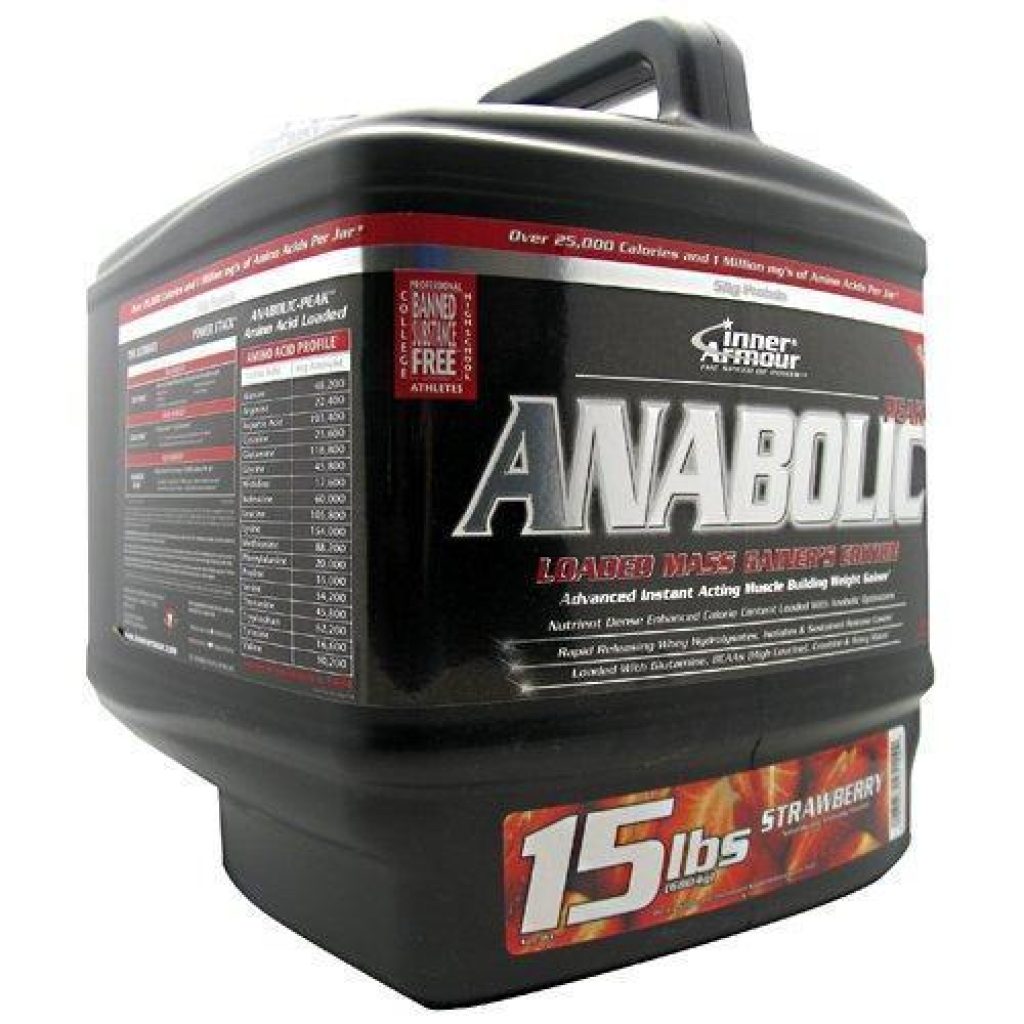No products in the cart.
Can Colour Affect Your Workout?

Colour therapy, also known as Chromotherapy is the idea that different colours produce different responses in behaviour.
The idea has been around for centuries, particularly in Ayurvedic medicine but was brought to the Western world in the 1930s.
There are seven Chakras that are located around the body, from the base of the spine to the top of the head. These seven Chakras are influenced by different colours and create different functions.
For example the first Chakra is located at the base of the spine, and is influenced by the colour red, the function that it has is grounding and survival.
Chromotherapy has been largely discredited by science, particularly the idea that colour can heal. But there are a number of studies that have found colour to affect mood.
So rather than saying let’s cure a disfunctioning Chakra with the colour red, we’re talking about the colour red being invigorating.
Many gyms and health spas seem to be painting their walls with certain colours to try to create a certain mood.
Here are a rundown of what colours are used for what.
Red: Increased Aggression and Power
According to Men’s Health [1] red should be used in areas where people are performing power-based exercises. We’re talking your deadlifts, squats, Olympic lifts, and any form of powerlifting.
Livestrong on the other hand claims that red areas are best for cardiovascular exercises because it can increase heart rate and breathing [2].
Livestrong also claims that the colour red can stimulate appetite, but it does not give any evidence to back this claim up with. HumanNHealth.com claims that red is an invigorating colour but that it can also cause stress that can lead to frustration and anger [3].
If these claims are correct it seems that red is a pretty decent colour for a high intensity workout and would fit well in most weight rooms or spin class studios.
Yellow: Increased Metabolism and Concentration
According to HnH yellow can enhance concentration, whilst Livestrong adds that it can also improve metabolism. Again no scientific evidence supports this claim, which sounds ludicrous!
If by some miracle these claims are true then you could paint anywhere you wanted yellow so that your metabolism stayed nice and high!
Blue: Improved Strength
Apparently blue is a great colour for lifting heavy weights as objects appear lighter than they seem when subjected to a blue light.
It’s not obvious why this would necessarily help you – surely something weighing more than you expected it to would increase the risk of injury?
Green: Positive Effect on Wellbeing
Green is a very popular colour in gyms and is believed to simulate nature, a study into the effects of green colours on performance (relating to nature) found that it lowered the rate of perceived exertion when compared to grey or red. It also found that red produced higher feelings of anger [4].
Men’s Health claims that green also has a healing effect, but again there is no evidence for this outlandish claim.
There does seem to be some effect of the colour green on behaviour, and it would possibly be a good idea to use green in a relaxed setting such as a yoga studio, or the stretching area of a gym.
Conclusion
It feels like there might be something real about the belief that colours affect mood, but the problem is that a lot of people have attributed a lot of unproven benefits to each colour.
Then when somebody is doing research for their own article they have stated these beliefs as fact.
The complete lack of evidence for a lot of these claims demonstrates that whilst colour may have an effect on exercise, it is unlikely to be a significant one. If you’re looking for that extra 0.5% then give it a go.
The biggest issue here though is the belief that our performance is affected by one single thing, when you go to the gym the main influences on performance would be diet, energy, circadian rhythms, fatigue, and whether you have taken any stimulants (such as caffeine).
You might be distracted by an argument you had recently, or be annoyed at how busy the gym is. You could have a small injury that is negatively affecting your grip, or could be coming down with a cold (remember to rub yourself against a green wall for a cure for that). The air conditioning could be too low, or not working.
In short there are hundreds of small and large factors that influence every single workout, so even if the colour of the walls did make a difference you wouldn’t be able to measure it. Probably best to stop worrying about this one.
Save
Save
Save
SaveSave

Lol. Think Ive heard everything now!! How would colour affect your workouts?